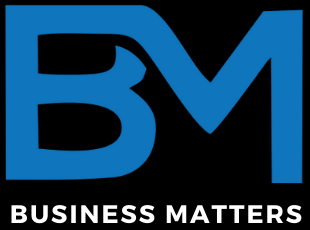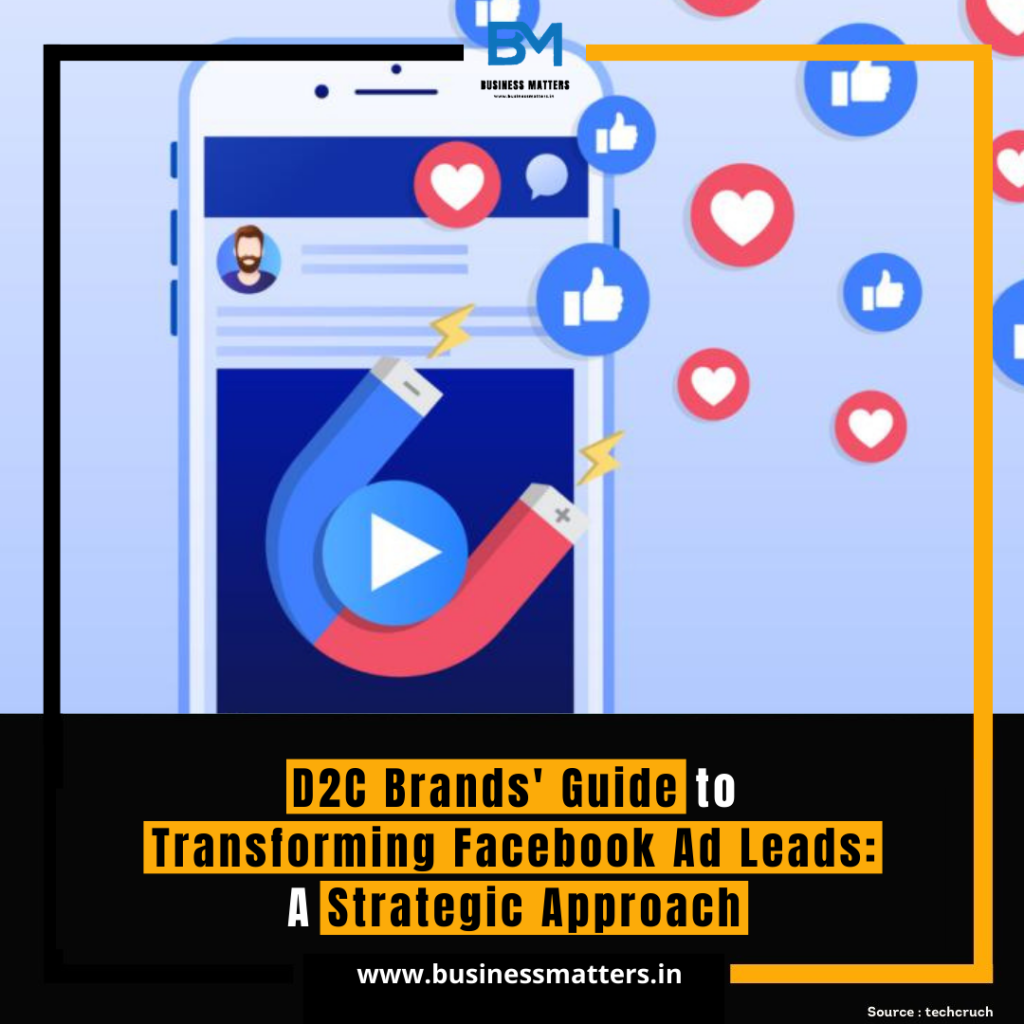In the ever-evolving realm of Direct-to-Consumer (D2C) marketing, mastering the art of transforming Facebook ad leads into devoted customers is an indispensable skill. With Facebook’s extensive user base, D2C brands have a prime opportunity to connect with a diverse audience. To capitalize on this, here’s a comprehensive guide for D2C brands looking to optimize their Facebook ad lead transformation strategy.
1. Know Your Audience: Before launching into Facebook ad campaigns, it’s vital to have a clear understanding of your target audience. Define their demographics, interests, and online behaviors. Facebook’s sophisticated ad targeting tools empower brands to reach the most relevant audience, enhancing the chances of lead conversion.
2. Craft Compelling Ad Creatives: The visual appeal and persuasiveness of your ad creatives can make or break a campaign. Invest in high-quality images, craft engaging copy, and include clear calls-to-action (CTAs). Carousel ads are particularly effective, allowing you to showcase multiple products or highlight various features of a single product. A/B testing different ad creatives helps identify what resonates best with your audience.
3. Streamline Lead Capture with Facebook Lead Ads: Simplify the lead capture process by leveraging Facebook Lead Ads. These ads enable users to submit their information without leaving the platform, reducing friction in the conversion journey. Design concise lead forms, asking for essential information, and provide clear value propositions to encourage users to share their details.
4. Embrace Retargeting Strategies: Recognize that not every lead converts on the initial interaction. Implement retargeting strategies to re-engage potential customers. Create custom audiences based on users’ interactions with your website or previous ads. Tailor your retargeting ads to address specific pain points or highlight additional benefits, fostering a higher likelihood of conversion.
5. Personalize the Customer Journey: Establish a connection with your audience through personalization. Utilize dynamic ads to automatically display different products based on users’ interactions with your website or app. Craft personalized messages that directly address the needs and preferences of your target audience, enhancing the relevance of your communications.
6. Harness the Power of Facebook Pixel for Analytics: Integrate Facebook Pixel into your website to track user interactions and gather valuable data. This tool allows you to assess the performance of your ads, identify which ones are driving conversions, and optimize your strategy accordingly. Facebook Pixel also provides insights into the return on ad spend (ROAS), enabling you to fine-tune your targeting.
7. Showcase Social Proof: Build trust and credibility by incorporating customer testimonials and user-generated content into your Facebook ads. Positive reviews and real-life experiences can influence potential customers, increasing the likelihood of conversion. Encourage satisfied customers to share their stories and showcase your products in action.
8. Ensure a Seamless Mobile Experience: Given that a significant portion of Facebook users access the platform via mobile devices, it’s crucial to provide a seamless mobile experience. Optimize your landing pages for mobile responsiveness and ensure a smooth user journey across devices.
In conclusion, the successful transformation of Facebook ad leads into customers for D2C brands demands a strategic and customer-centric approach. By understanding your audience, creating compelling ad creatives, leveraging lead forms, implementing retargeting strategies, personalizing the customer journey, utilizing Facebook Pixel for analytics, showcasing social proof, and ensuring a seamless mobile experience, your brand can unlock the full potential of Facebook advertising and foster enduring customer relationships.


